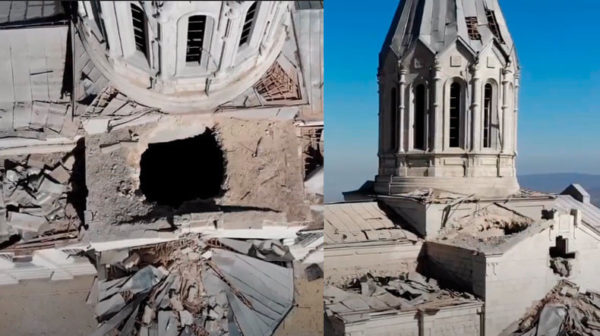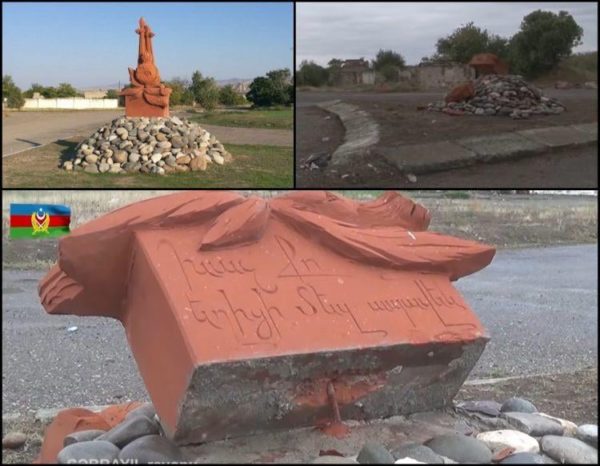YEREVAN — Azerbaijan resolutely is pursuing its cultural policy of threatening Armenian historical and cultural heritage in the occupied territories of Nagorno-Karabakh (Artsakh), denying their links to Armenia.
On February 3, the Azerbaijani Minister of Culture Anar Karimov announced that all traces of Armenian heritage from cultural and historical sites would be removed in Nagorno-Karabakh. He claimed that they distort the original Albanian identity of the monuments.
Caucasian Albania is a former kingdom once located in modern-day Azerbaijan, inhabited by the Udi people. According to the minister, international experts familiar with Albanian culture and history will be invited to the working group.
Karimov’s announcement was condemned by the foreign ministries of Armenia and Nagorno-Karabakh and local non-governmental organizations, calling for action the international organizations, such as the United Nations Educational, Social and Cultural Organization (UNESCO). On February 7, several Armenian non-governmental organizations (NGOs) were the first to issue a statement as a response to Azerbaijani intentions.
“This action is obviously aimed at eliminating the Armenian cultural heritage of Artsakh, as a result of which the basis for the demands of the Artsakh Armenians to live on their land and the protection of their rights will be questioned,” they announced.
On December 7, 2021, the UN International Court of Justice announced its decision on Armenia’s claim against Azerbaijan. Azerbaijan was obliged to take necessary measures to prevent and punish all acts of vandalism and desecration committed against the Armenian cultural heritage, including churches, other religious places, monuments and graves. However, the Azerbaijani government’s actions violate the UN declaration.










